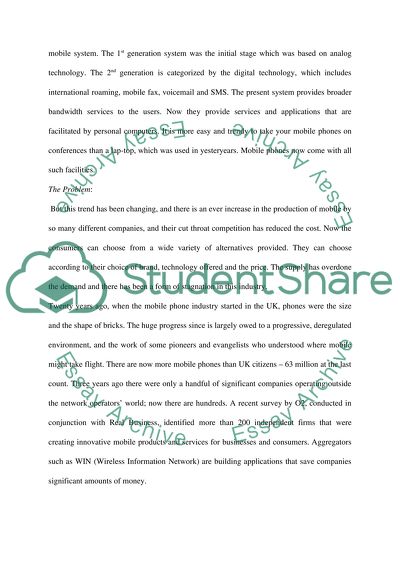Cite this document
(“Marketing management Essay Example | Topics and Well Written Essays - 2500 words - 1”, n.d.)
Marketing management Essay Example | Topics and Well Written Essays - 2500 words - 1. Retrieved from https://studentshare.org/miscellaneous/1540906-marketing-management
Marketing management Essay Example | Topics and Well Written Essays - 2500 words - 1. Retrieved from https://studentshare.org/miscellaneous/1540906-marketing-management
(Marketing Management Essay Example | Topics and Well Written Essays - 2500 Words - 1)
Marketing Management Essay Example | Topics and Well Written Essays - 2500 Words - 1. https://studentshare.org/miscellaneous/1540906-marketing-management.
Marketing Management Essay Example | Topics and Well Written Essays - 2500 Words - 1. https://studentshare.org/miscellaneous/1540906-marketing-management.
“Marketing Management Essay Example | Topics and Well Written Essays - 2500 Words - 1”, n.d. https://studentshare.org/miscellaneous/1540906-marketing-management.


